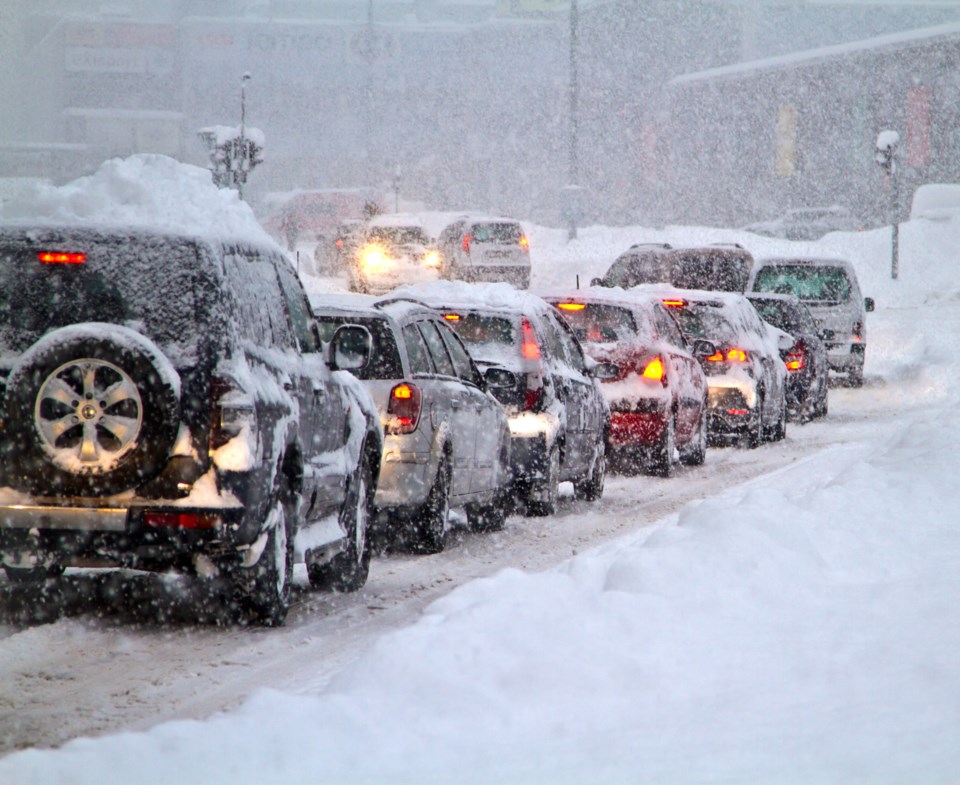THUNDER BAY — As winter gets closer, Ontario Provincial Police is reminding motorists to adjust their driving as road conditions change as temperatures drop.
OPP say they typically see an increase in collisions when road conditions begin to deteriorate as the weather gets colder.
“Ninety per cent is attributed to people not driving to the conditions,” OPP spokesperson Sgt. Mike Golding said Thursday, Nov. 12. “Sometimes you have to drive 40 kilometres in a 50 kilometre zone if the roads are that bad."
Golding explains how driving posted speed limits in inclement weather conditions can be dangerous.
“People think they can put their vehicle into four-wheel drive and they can still maintain those speeds but the fact of the matter is you have to slow down and there is just no way around it,” he said.
Police also urge drivers to consider winter tires to help with traction if they commute frequently on highways throughout the winter months. Drivers should also remember to keep their lights on at all times, avoid changing lanes, excessive braking and keep more distance than usual between vehicles.
“When you brake you slide four or five times farther than you normally would if not longer so you have to maintain that extra distance,” he said.
Drivers should also be prepared to react to other drivers’ mistakes.
“You have to be aware at all times because people coming at you could lose control as well,” he said.
Police also recommend avoiding unnecessary travel in treacherous conditions.
“Sometimes you have to make that unpopular decision," Golding said. “People base their decisions off emotional obligations versus common sense. I get people calling me or calling the communications centre asking ‘how are the roads?’ If you have to ask that question: Probably not a good day to travel.”
Golding also recommends for those driving in isolated areas to be prepared and bring items for an emergency such as a phone charger, flashlight, extra clothes, a ‘need help’ sign, flares, food and water.
“When it’s 40 below or 30 below and you’re stuck on the side of the road, it’s minutes not hours that count,” he said. “Part of the issue is long distances between communities.”
Motorists are encouraged to check the weather conditions prior to driving, plan their route, and let others know when they are leaving and to make sure they are clear off snow from their vehicle before starting to drive.
“Slow down, pay attention and be careful,” Golding said.
